
Egyptian Museums: Featured Artefacts In July
As a monthly tradition, Egyptian archaeological museums nationwide have chosen featured pieces for July. The selection was made through a public poll on the museums' social media pages, in keeping with the museums' mission to promote tourism and archaeological awareness among all segments of society.
Professor Moamen Othman, head of the museums sector at the Supreme Council of Antiquities, said that this tradition comes within the framework of the role of museums as civilized cultural institutions that work to raise tourism and archaeological awareness among all segments of society and deepen the role of community participation.
Islamic Art Museum
It displays an inlaid ivory and bone backgammon box, from the Ottoman era.
Coptic Museum
It displays a mashrabiya that was used to cover window openings or to separate the haramlek and the selamlik.
Sharm El-Sheikh Museum
It displays a golden fan of King Tutankhamun, and it has a handle in the shape of a lotus flower, on which one of the adventures of the golden king was engraved while he was hunting.
Royal Jewelry Museum
It presents the Order of Perfection, in gold, camouflaged with blue and white enamel, and studded with diamonds. This order was a gift from King Farouk to Queen Farida on the occasion of the wedding, and it bears the qualities of perfection, namely: sincerity, loyalty, benevolence, tenderness and honor.
Alexandria National Museum
It displays a marble panel from the Ottoman era, decorated with an inscription in Persian script that represents the founding text for the establishment and renewal of one of the kataibs established for the endowment of Sultan Al-Ashraf Qaytbay.
Hurghada Museum
It displays a bronze warrior statue from the Roman era shows a warrior in Roman clothing in combat readiness.
Manial Palace Museum
It displays a piece of art for the mosque of the palace, which the Emir endowed and made it a prayer endowment and established a door for it to allow worshipers from outside the palace to pray in it, and Friday prayers are held so far in it.
Royal Vehicles Museum in Cairo
It displays a photograph of Sultan Malik, the second wife of Sultan Hussein Kamel, who was called the princess of the poor and the patroness of orphans. In the month of Ramadan, she would come with a procession that included a chariot of horses called“the coupel” and distribute silk bags with each bag ten golden riyals, and she also distributed the lobes of the crown that she inherited About her mother on the poor and needy.
Gayer Anderson Museum
It displays two copper cups with two handles on which are inscriptions.
Cairo International Airport Museum 2
It displays an icon of Saints Cosmas and Damian from the 18th century, made of painted wood
Cairo International Airport Museum 3
A limestone statue from the Ptolemaic era is displayed, representing (Nes-Meno), the son of (Khnum-Aib-Ra), standing, and appears in the youth stage. It was found in the Karnak cache in Luxor in 1904.
Suez National Museum
It displays the Order of Perfection, consisting of two pieces, a medal and a wooden box with the royal crown on it and the name of King Fouad I. The Order of Perfection was awarded to those who performed excellent services to the country or to humanity. The medal consisted of 10 lotus flowers of different sizes of white and blue colours, with a star in the middle with heads ending with lotus flowers, and in the centre the word“Perfection” in blue Kufic script on a white ground and the royal crown on top.
Ismailia Antiquities Museum
The head of a sandstone statue from the era of the New Kingdom, of a person named Ockerman, is displayed, and on top of the head there is a scarab as a symbol of protection, resurrection and eternal life.
Tanta Archaeological Museum
It displays a royal statue of the king of the 29th Dynasty (Nai-if-A-Rod) in black basalt. The statue shows the perfect anatomical details of the body from the muscles of the chest and abdomen.
Farouk Corner Museum
It displays a backgammon game from the 20th century, made of wood inlaid with mother-of-pearl and ivory, with scenes inspired by ancient Egyptian art. The game consists of 15 ivories, 15 ebonies, and two seashell dice.
Kafr El-Sheikh Museum
It displays a royal statue of red granite, the upper part of which depicts King Thutmose III, with a headdress (Nems), decorated with a cobra, from the era of the New Kingdom.
Kom Oshim Antiquities Museum
It displays a wooden model of a house, and inside it shows a group of people doing some of the daily household chores. It was found in the ancient cemetery of Hawara, from the Middle Kingdom, the 11th Dynasty.
Mummification Museum in Luxor
It displays a model of a funerary boat made of wood, which is a boat for transporting the body of the deceased across the Nile to the western mainland, where the burial place of the god Osiris is. It was found in the village of Al-Barsha, Minya governorate, and dates back to the Middle Kingdom.
New Valley Antiquities Museum
It displays a copper medical instrument, from the Roman era, that was used in surgery and in embalming rituals.
Matrouh Museum
The windows display pottery, from the late Roman era, and they are part of the oligarchs that were used to save water, and were placed in the streets to quench their thirst with passers-by in the street.
Sohag National Museum
It displays a quartz statue from the era of the New Kingdom, the upper half of which depicts the Warthi prince wearing false hair and beard, and from the front some vertical hieroglyphic writings and from the back part of the backrest and parts of the hieroglyphic writings.
Mallawi Museum
A small statue from the New Kingdom, of the 18th Dynasty, made of limestone, of one of Akhenaten's daughters standing and holding an offering in her right hand and the left hand next to her.
National Police Museum
It displays a kalja, (the bearer of the buttons), made of marble, from the Fatimid period, and it consists of a base resting on 4 legs in the shape of a turtle, and the most important characteristic of it is the presence of a basin below to collect water for birds and animals to drink from.
Luxor Museum
It displays a quartz statue of King Amenhotep III (Neb-Maat-Ra), the ninth king of the 18th Dynasty and the most famous and greatest king of the modern state. He is the son of King Thutmose IV and husband of Queen Tiye, and the father of King Amenhotep IV (Akhenaten). The statue depicts the king He appears standing in life size, presenting his left leg with his arms outstretched at his side. He wears the double crown adorned with a cobra serpent and has a false chin. The belt adorns the royal cartouche.
Tell Basta Museum
A statue of Fajar displays the head of his master in his youth, dating back to the Greco-Roman era, and shows the beauty and accuracy of features and bright colors, and wears a headdress that is still used to this day.

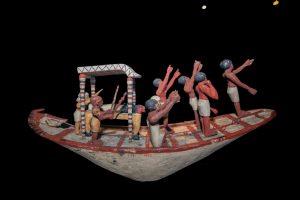
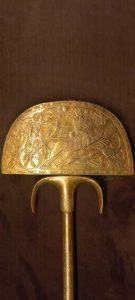
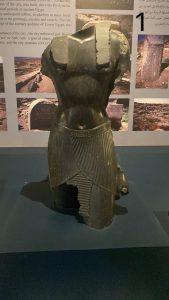
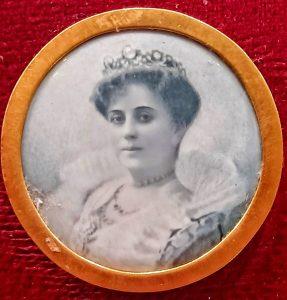
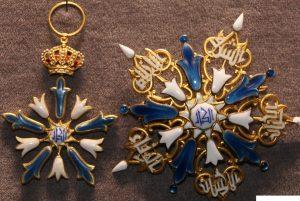
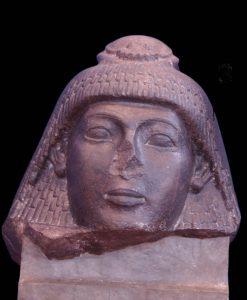
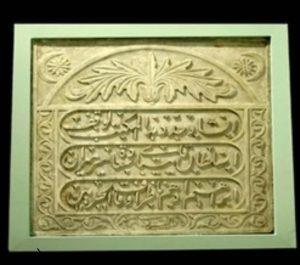
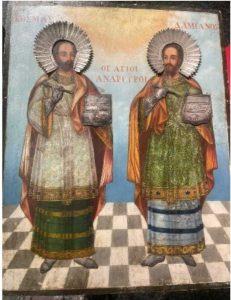
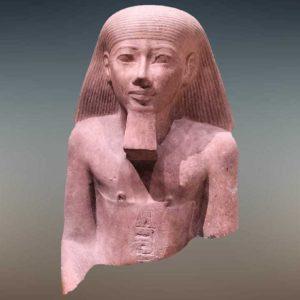
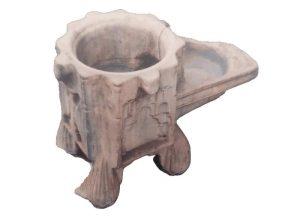

Legal Disclaimer:
MENAFN provides the information “as is” without warranty of any kind. We do not accept any responsibility or liability for the accuracy, content, images, videos, licenses, completeness, legality, or reliability of the information contained in this article. If you have any complaints or copyright issues related to this article, kindly contact the provider above.


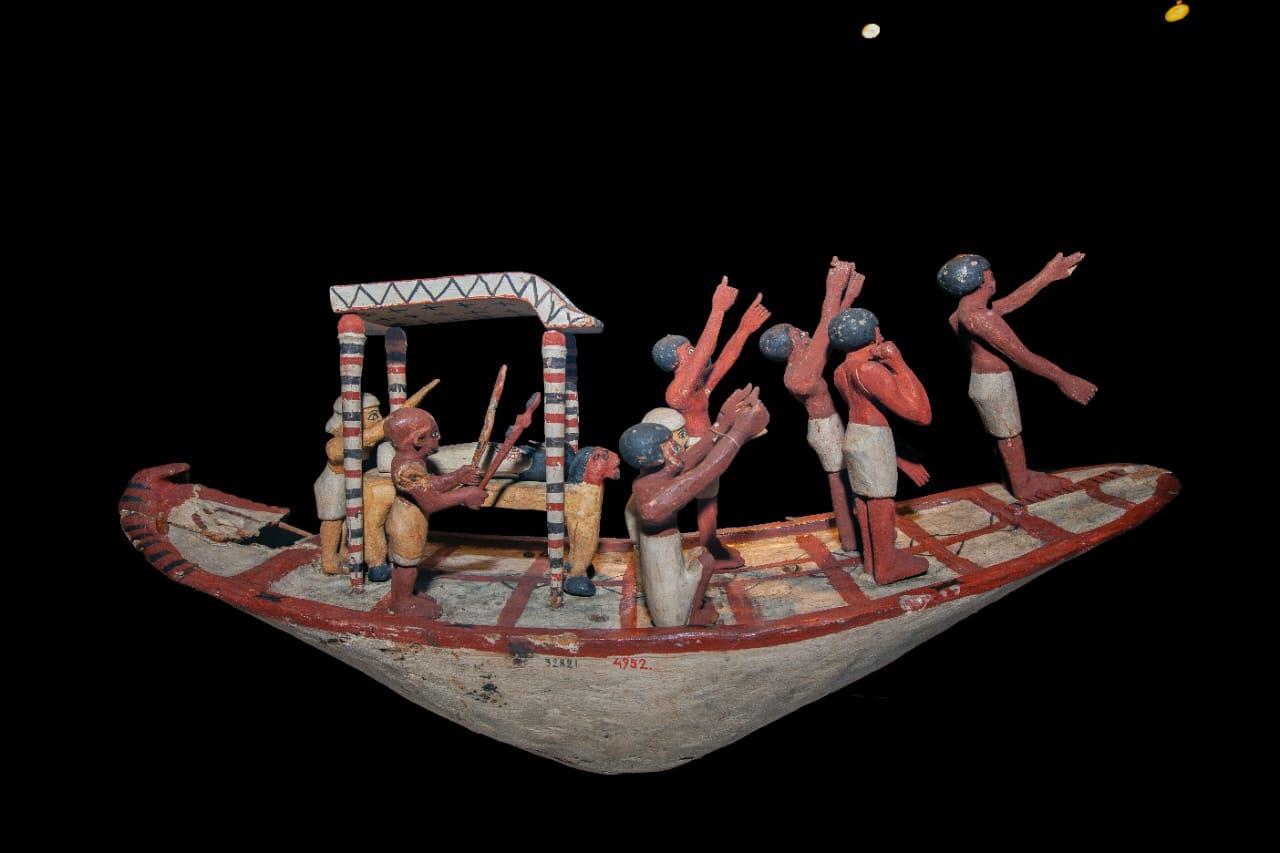



















Comments
No comment